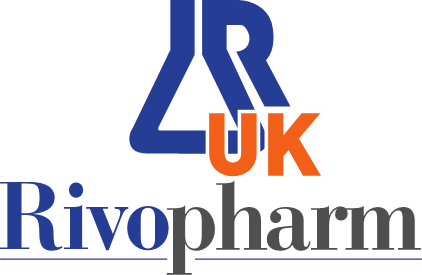Nefopam Hydrochloride 30 mg film-coated tablets
Active Ingredient:
Company:
ATC code:
N02BG06
About Medicine
Prescription only medicine
My Account Area

Rivopharm UK Ltd


Address
Rivopharm UK Ltd, 100 Bishopsgate, London, EC2N 4AG
Telephone
+44 (0)207 864 1677
Medical Information Direct Line
+44 (0)2034328085
Medical Information e-mail
[email protected]
Stock Availability
+44 (0)7831 690 243
